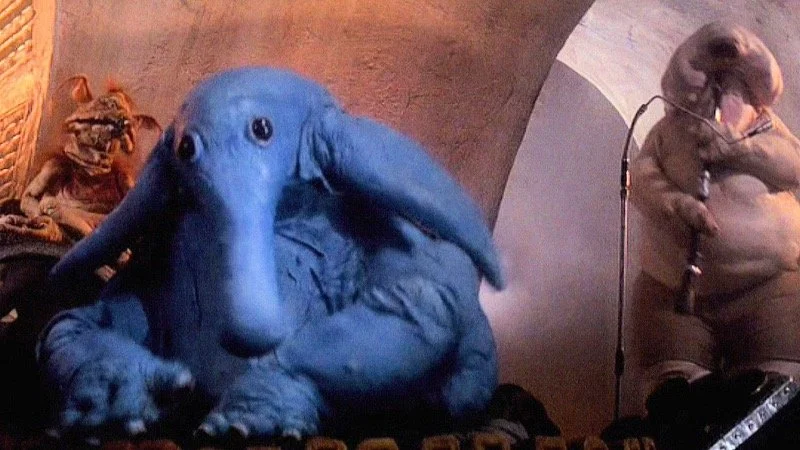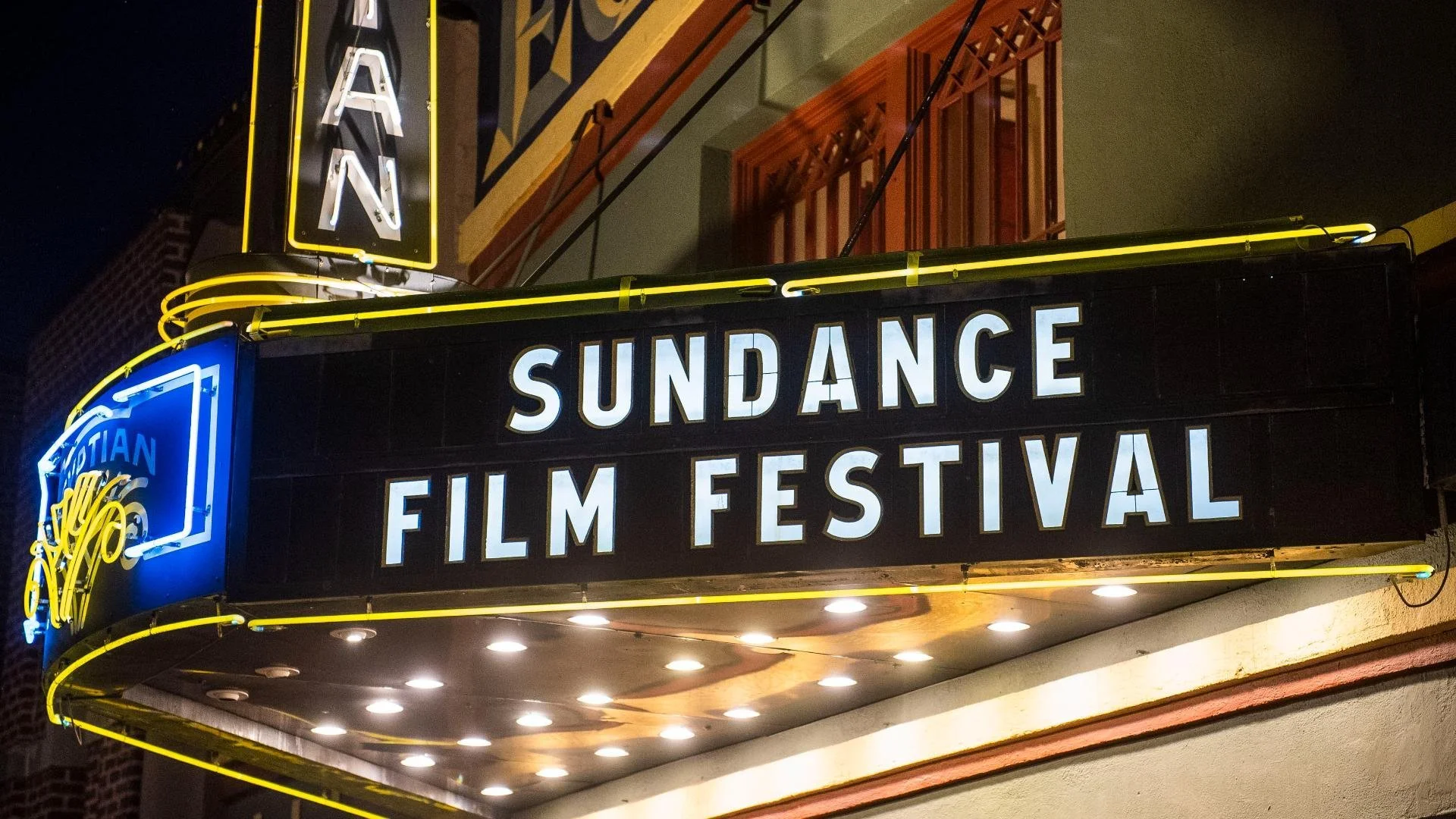A Quick Guide To The Music In The ‘Star Wars’ Universe
Image Source: Wookieepedia
Music has always been a huge part of what makes Star Wars special. Fans can instantly recognize a John Williams score. Not only is it important for the vibe of the movies, but it’s also important in the universe as well. There are so many different types of music in the series, so let's take a look at the type of music within Star Wars.
One of the most popular groups is Figrin D’an and the Modal Nodes, also known as the cantina band. They are most known for playing “Mad About Me” in Chalmun’s Spaceport Cantina. Another famous group within the universe is The Max Rebo Band. They were stationed in Jabba the Hutt’s palace and, later on, the sailbarge. They performed the song “Jedi Rocks”. Most bars, both in Star Wars and real life, play music to entertain patrons. Oga’s Cantina on Batuu had a constant stream of music, thanks to the reprogrammed RX-series pilot droid R-3X.
RELATED:
Image Source: Lost Media Wiki
Opera is another popular form of music within Star Wars. Opera is a dramatic work that is set to music and includes songs. This was considered a cultural activity and enjoyed by more of the wealthier patrons. During the final era of the Galactic Republic, many politicians and the wealthier patrons of Corscuant frequented the Galaxies Opera Houses, and Chancellor Palpatine even had a private viewing box, which had a premiere view of the performance. Students could learn music in the Theed Conservatory on Naboo. Padme’s handmaiden, Sabe, attended the school before becoming a handmaiden. Once the Galactic Empire came to be, they started to suppress certain types of music, such as political protest songs. One of these songs was “Vader’s Many Prosthetic Parts” by Hakko Darzlip and the Tootle Froots. Any studio that violated artistic standards set by the Galactic Empire’s Coalition For Progress was raided by the Empire.
During the High Republic, the Nihil would broadcast a type of music called wreckpunk, but before and during their attacks. They would do this to create a battle frenzy among their people and generate confusion. The crew of the Vessel, when they encountered the Nihil, played a song known as margengai glide, over a mulitfrequency broadcast to interrupt Nihil communication between ships.
Image Source: Wookieepedia
Not only was the planet Corellia known for its shipbuilding, but it was also the home planet of a type of music called Galan-Kalank. This music type arose from the songs of shipyard workers. This style of music eventually became popularized by the Atchapat Family Galan-Kalank Orchestra, who toured with portable instruments made from various machine parts. Cal Kestis enjoyed music like c “Sugaan Esssena” by The Agasar. Cal recognizes the song when he enters the Haxion Fight Pit in Ordo Eris. Sabine Wren enjoyed listening to a genre called quenk jazz. Gonkrock is also another type of music enjoyed by people in the Star Wars universe. Jatz music, formerly known as jizz music, was played in Suli’s Cantina.
Alderaan had a song that was most known for being a lullaby called Mirrorbright, which mentioned a moon, even though the planet didn’t have one. Leia Organa had a keepsake chest that played music when it opened.
There were also a variety of musical instruments that helped create this music. These included instruments such as guitars, drums, trumpets, flutes, water organs, Jett organs, bird whistles, Kloo horns, and the Growdi Harmonique.
Image Source: StarWars.com
Music has always been an essential part of Star Wars. Not only for the iconic scores created by John Williams but also for the music the characters are a fan of. For being such an expansive universe, it only makes sense that there would be a huge variety of music. Hopefully, we get to hear more of the music that characters enjoy as the universe continues to be explored.
READ NEXT:
Source: Wookieepedia

















